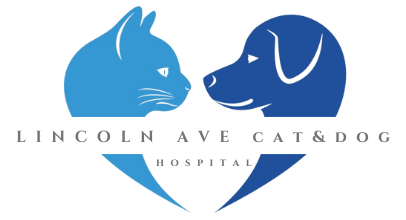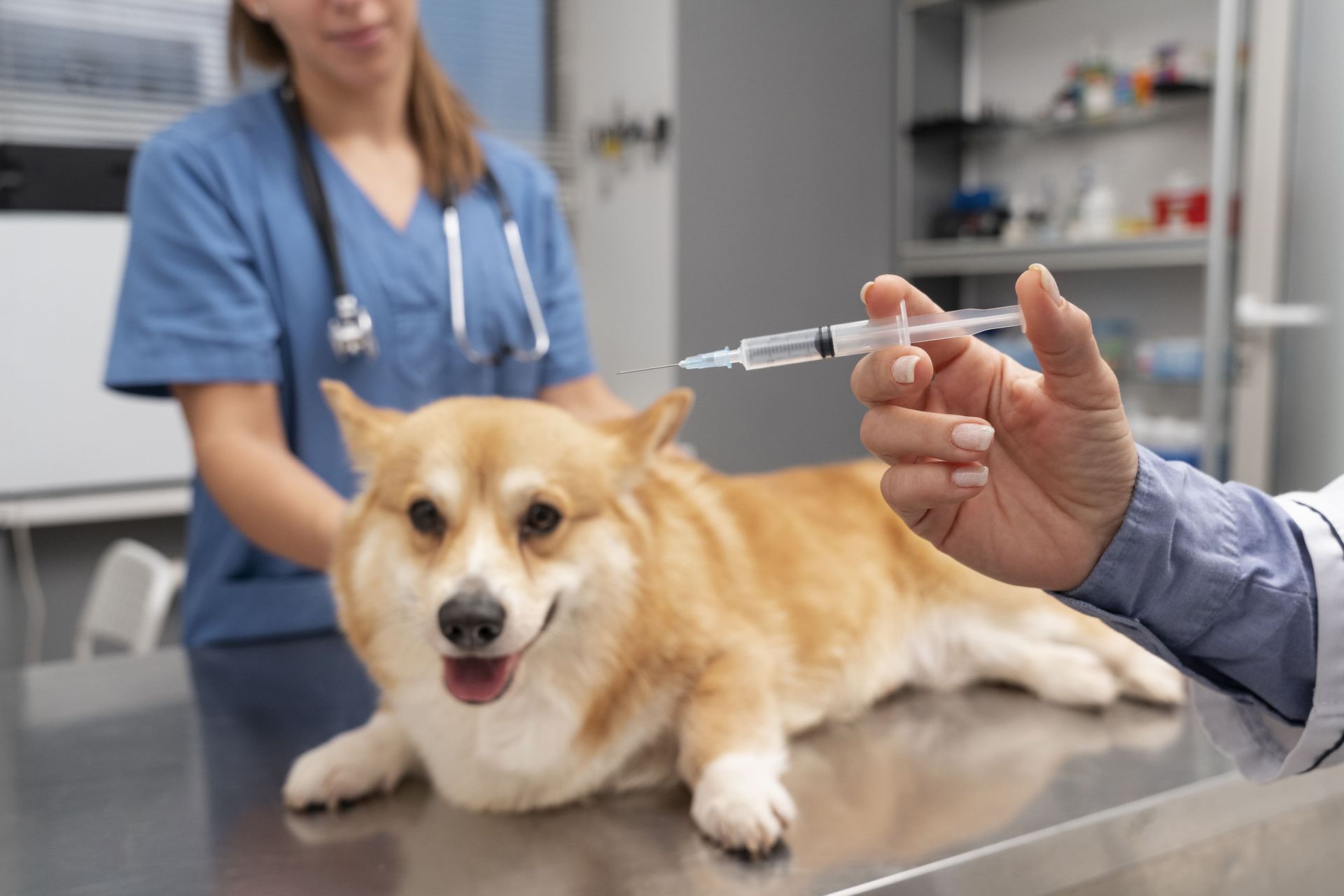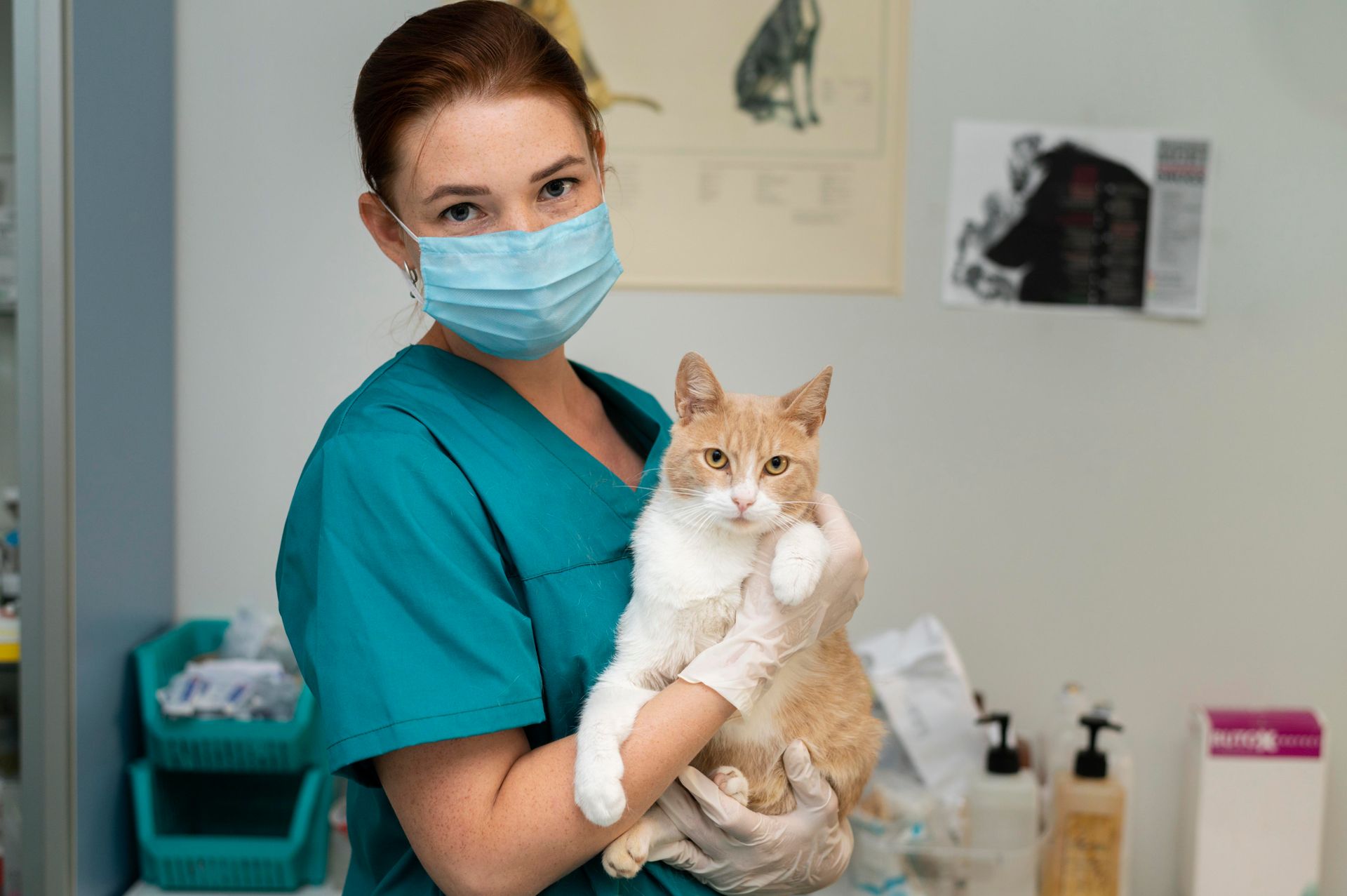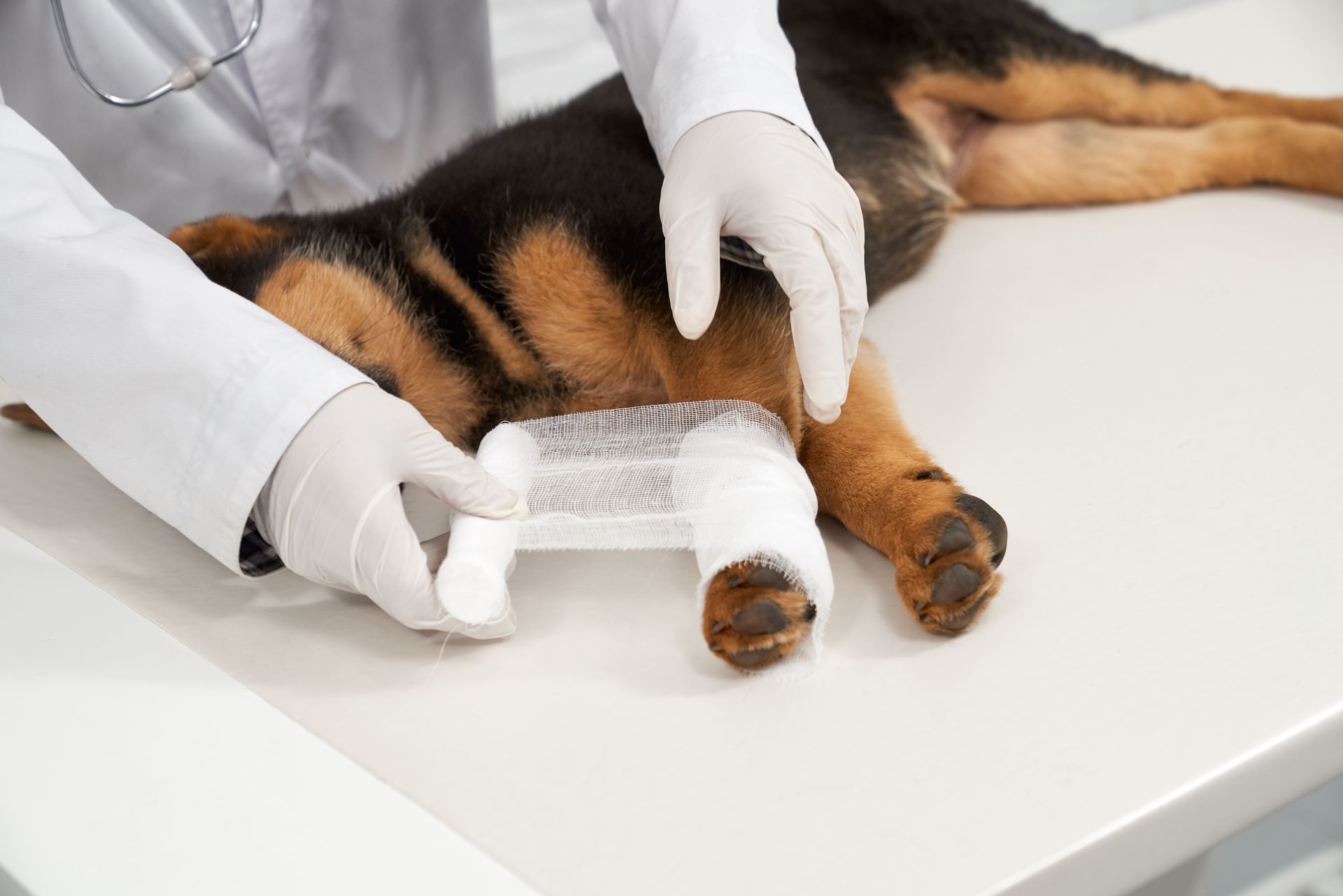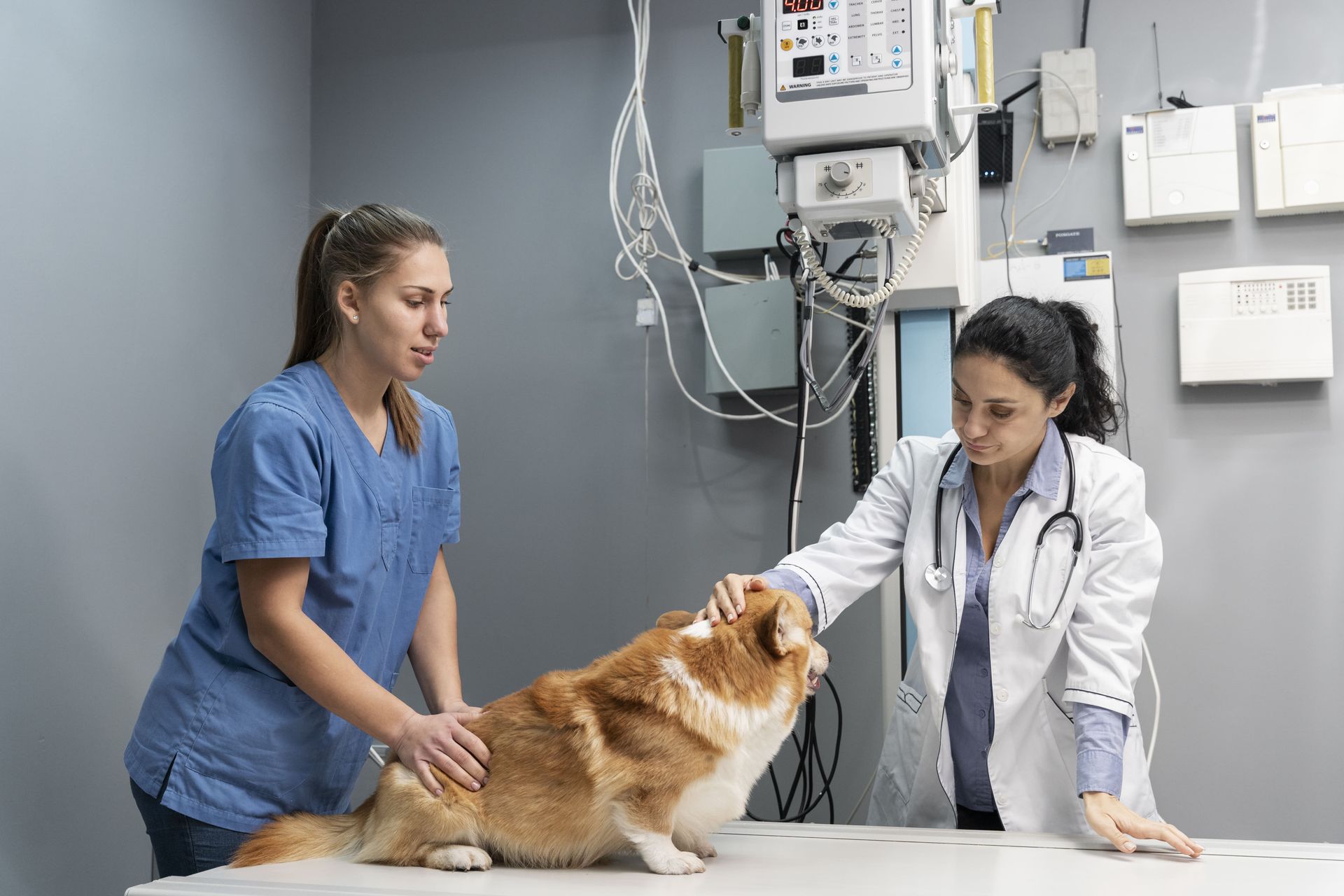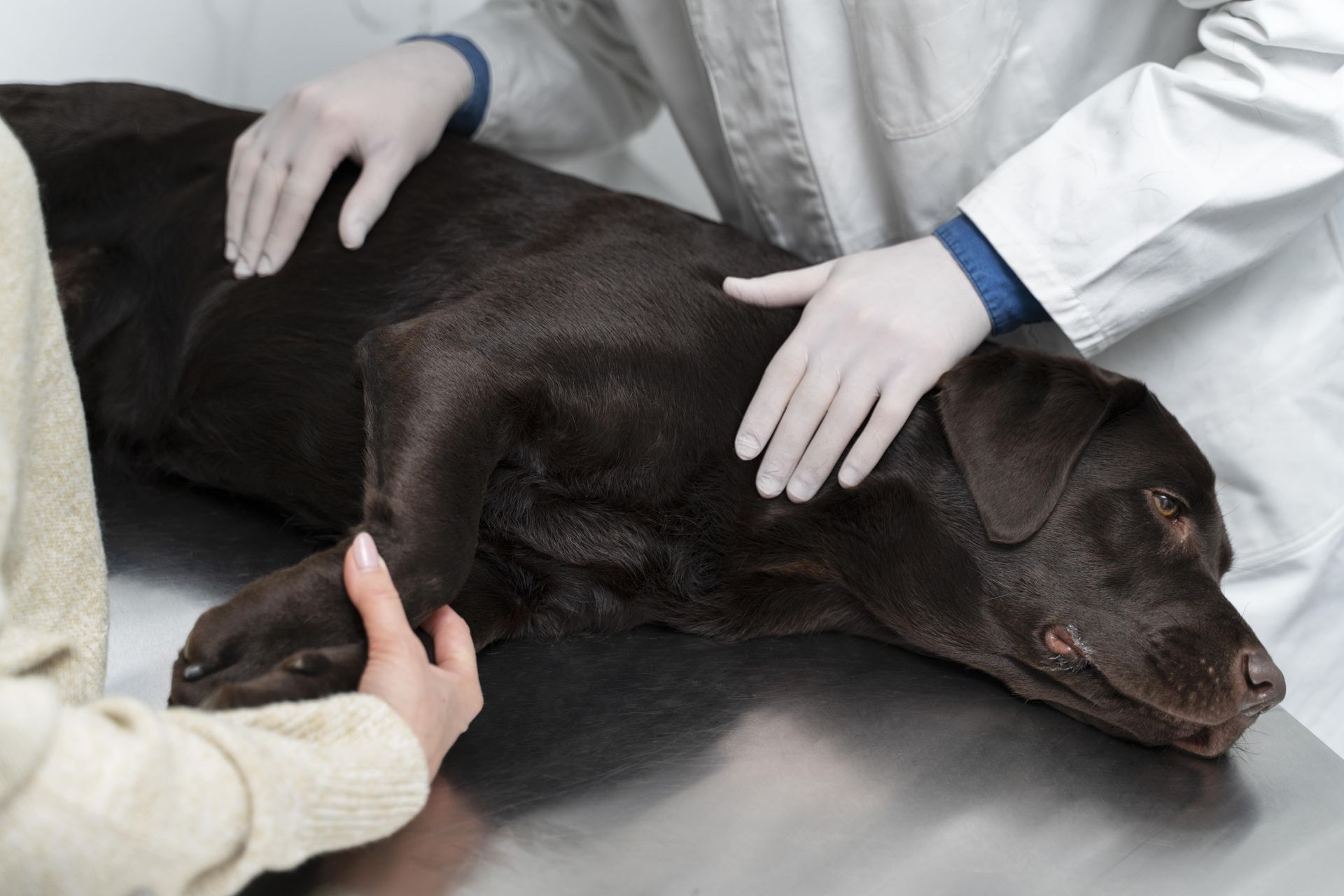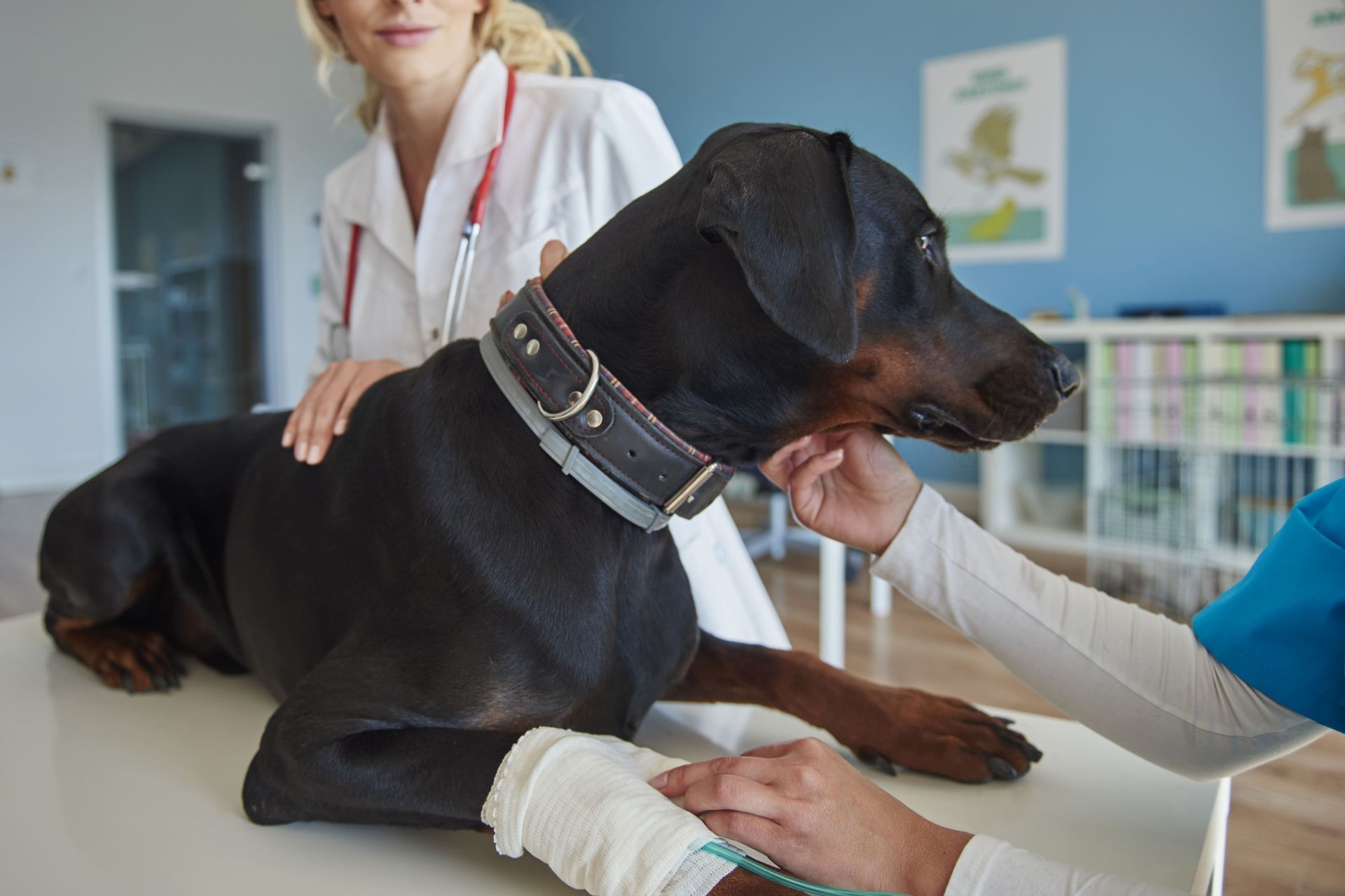It starts small: a limp after an energetic run at the park. A dog hesitates before climbing the stairs. A cat that used to leap effortlessly onto the windowsill is now weighing the jump like it’s Mount Everest. Pet owners often chalk these things up to age or a “funny step.” But sometimes, those subtle changes are the early whispers of something bigger: an orthopedic problem that could steal your pet’s mobility if left alone.
That’s where
orthopedic veterinary surgery
enters the conversation. Not as a luxury or an extreme measure, but often as the one thing standing between a pet and a lifetime of pain or reduced movement.
When Limping is Not Just a Limp
Pets are great at concealing pain. By the time limping is obvious, or a pet is outright refusing to bear weight on a limb, the concern has typically been brewing for weeks or months. What appears to be stiffness may be a ruptured ligament. What may seem to be laziness may be hip dysplasia. What appears to be clumsy could be the kneecap popping in and out.
That is why orthopedic veterinary surgery exists. It not only heals broken bones but also recognizes the underlying orthopedic disorders that silently erode the ability to move. It gives pets the freedom of movement that defines their quality of life.
Common Orthopedic Conditions and Surgeries
The field of orthopedic veterinary surgery is fairly broad and includes the most common orthopedic surgeries, like the repair of traumatic wounds or genetic or developmental defects. While dogs and cats make up most of the patients, large animals sometimes benefit from these techniques, too. Here are some of the most common. Listed below are some of the most common processes of plain English:
1. Fracture repair
When bones break, they don’t always heal neatly on their own. Surgeons use plates, pins, or screws to help realign and fix the bone to allow the bone to heal properly.
2. Cruciate ligament repair
The cranial cruciate ligament (CCL) is similar to the
ACL
in human beings. A tear is one of the most common injuries vets see, and they mostly require surgery. Techniques include:
- Tibial Plateau Leveling Osteotomy (TPLO): Alters the tibia angle to stabilize the knee.
- Tibial Tuberosity Advancement (TTA): Change in the knee biomechanics to enhance stability.
- Lateral Suture: Uses strong suture material outside the joint to mimic ligament function.
3. Hip Dysplasia Correction
Inherited disorder in which the hip joint slackens and wears away.
Options include:
- Femoral Head Ostectomy (FHO): Removes the ball component of the joint to form a false joint and relieve pain.
- Total Hip Replacement (THR): Implants an artificial hip joint to provide a stable, long-term position.
4. Patellar Luxation Correction
Fixes kneecaps that pop out of place, a surprisingly common issue in small dogs.
5. Elbow dysplasia surgery
Treat developmental issues within the elbow joint, leading to chronic pain.
6. Arthroscopy
A minimally invasive technique involving the use of a camera and tiny tools to diagnose and treat joint problems. Less trauma, faster recovery.
Such processes can be frightening, but pet owners who barely have the strength to move or play often find that orthopedic veterinary surgery can be really helpful.
The Role of Surgery in Restoring Movement and Mood
Pets who can’t move freely tend to get annoyed, nervous, or antisocial. Dullness forms in a dog that used to enjoy running around with tennis balls and now runs on its hind legs after two throws. A cat that can’t jump to its favorite perch isn’t just physically grounded; it’s mentally deflated.
Orthopedic veterinary surgery is the solution to the mechanical concern, but the quality of life is the bigger picture. The restoration of a knee fracture or knee ligament is not just about anatomy, but with allowing pets to walk, explore, and socialize once again. Owners typically refer to their post-surgery pets as being “puppy-like” or "kitten-like” once more, gregarious, full of life, and eager to experience life to the fullest.
Financial and Emotional Balancing Act
Depending on the procedure and complexity of the joint replacement, prices can be as low as hundreds of dollars and as high as thousands of dollars. It can increase rapidly with the addition of diagnostics, anesthesia, hospitalizations, and follow-ups.
However, the tough reality of it is that waiting is difficult and more expensive. An untreated rupture of the ligament in a pet can lead to arthritis, joint instability, or secondary injuries, necessitating even more invasive (and costly) treatment in the future. Nobody enjoys the thought of their pet undergoing surgery, but the trade-off is often years of improved mobility and less pain.
Preventive care (annual examinations, early diagnosis, weight loss, etc.) has a significant role in this. The sooner the problems are identified, the less intrusive and expensive the remedies.
What Recovery from Orthopedic Veterinary Surgery Really Looks Like
This surgery is half of the story. And recovery is where success or failure is determined. This is the view you are likely to have after the surgery:
i. Pain management
Pain and infection are managed with medication. There is no bargain when it comes to following dosing instructions.
ii. Activity restriction
Pets might require two weeks to six months of limited movement, depending on the type of surgery done. That would be crates, playpens, or little rooms rather than zoomies.
iii. Sling support
In case of hind-limb surgeries, organizations can use a sling over the belly to help avoid falls and slips when in the bathroom.
iv. Wound care
It is important to monitor the incision site closely. All reasons to be alarmed are redness, swelling, or odor. The cone of shame might mean something, but sometimes it is needed.
v. Physical rehabilitation
Think of hydro therapy, laser therapy, or a range of movement and strength-restoring exercises. It is a physical pet treatment, and it works.
vi. Follow-up appointments
Skipping these is a mistake. Vets need to keep an eye on progress, offer care, and detect failures early.
A Wider View on Mobility and Dignity
A dog with the ability to walk painlessly again has dignity. A cat that can climb up to its favorite window is dignified. No, these are not luxuries; these are the bare essentials of what it is to be a fully-fledged pet.
Mobility is freedom. Providing the same freedom by performing surgery restores the sense of self for the pet and the bond with the owner. That moment, when a crippled dog runs across the yard after recovery? It's priceless.
Closing Reflection
In the end, orthopedic veterinary surgery is about the story it enables. It’s the story of the aging Labrador who gets to chase one more tennis ball. The rescue cat, who finally leaps confidently again. The family that sees their pet not as a patient, but as the lively companion they remember.
Limping, stiffness, hesitations on the stairs; these aren’t just quirks of age. They’re signs. And sometimes, answering those signs with surgery isn’t just medicine. It’s mercy.
Frequently Asked Questions
1. Can pets really bounce back to their old selves after orthopedic veterinary surgery?
Yes, and often better than owners expect. Many pets regain not just physical mobility, but also behavioral confidence. Full recovery depends on the type of surgery, the pet’s age, and diligent post-op care at home.
2. What is the difference between conservative management and orthopedic veterinary surgery?
Conservative management might involve rest, anti-inflammatory medication, weight control, and physical therapy. It works best for minor injuries or in pets who can’t safely undergo surgery due to age or other conditions. Orthopedic veterinary surgery, however, is needed when the joint or bone structure is too compromised to heal with rest.
3. Is physical therapy really necessary after orthopedic veterinary surgery?
Yes. Post-surgical rehabilitation is often the difference between “healed enough” and “fully mobile again.” Hydrotherapy (underwater treadmill), guided stretching, laser therapy, and controlled exercises rebuild muscle and improve flexibility. Pets that undergo rehab typically recover faster and regain more function than those who skip it.
